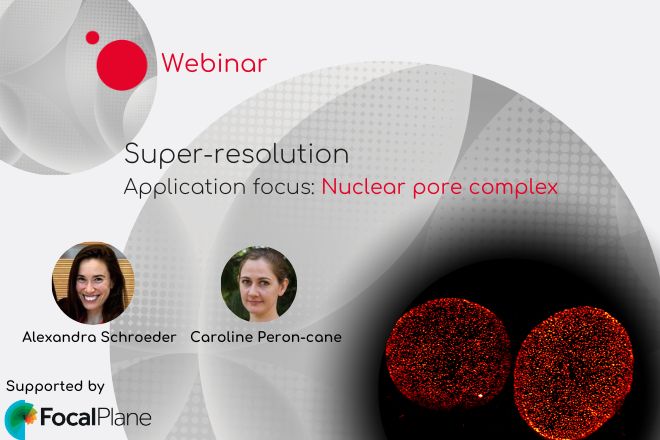This webinar will focus on discussing the assessment of resolution in super-resolution microscopy systems using the nuclear pore complex as a biological benchmark.
Summary:
An important metric for assessing a system’s utility for visualizing structures is the microscope’s resolving power. As technologies emerge, particularly in super-resolution fluorescence microscopy, there is a need for quantifying the resolution. While there are several strategies using test patterns for such a measurement, there is also a need for biologically-relevant control samples that can serve as a benchmark. In this talk, we discuss assessing image resolution, particularly the use of the arrangement of proteins in the nuclear pore complex to characterize resolution in super-resolution microscopes.
